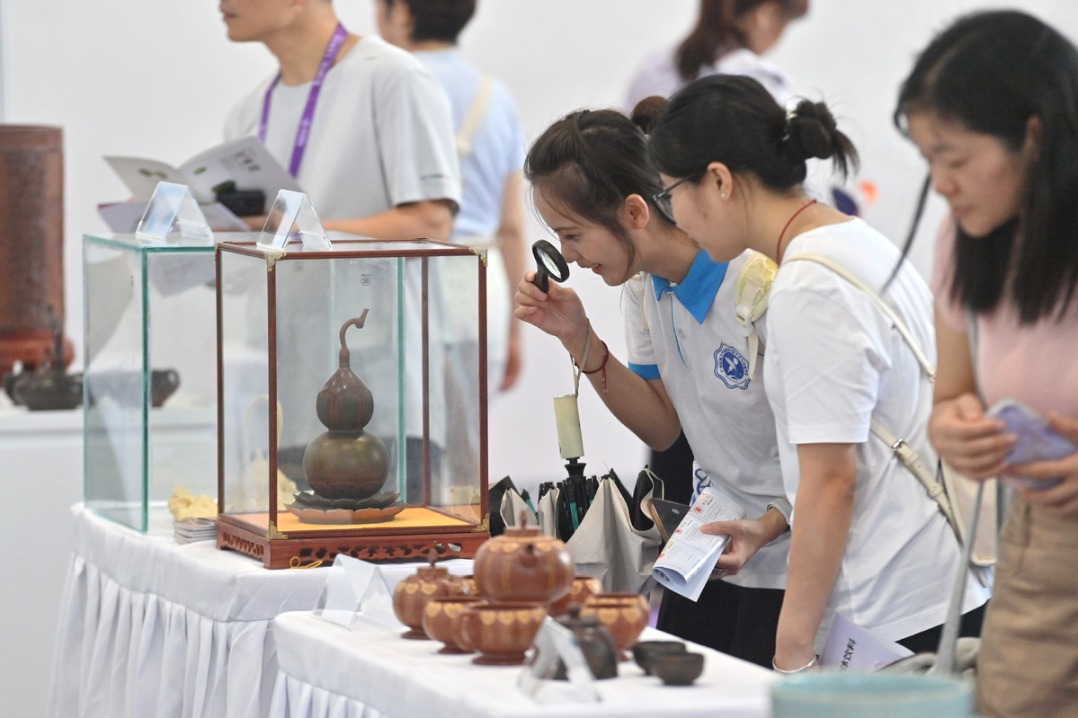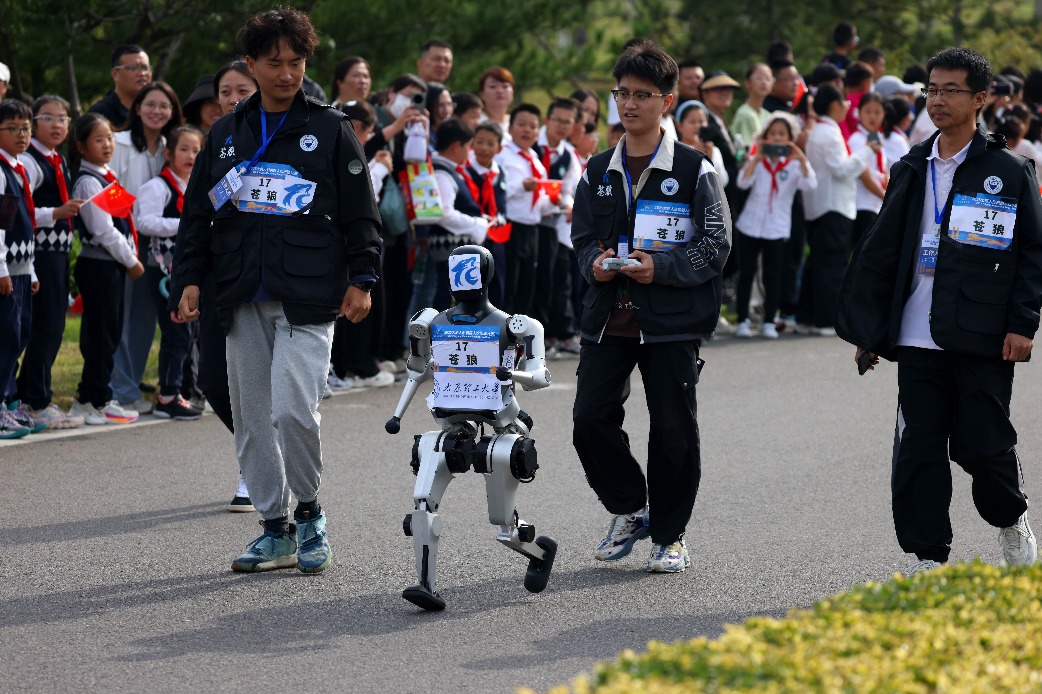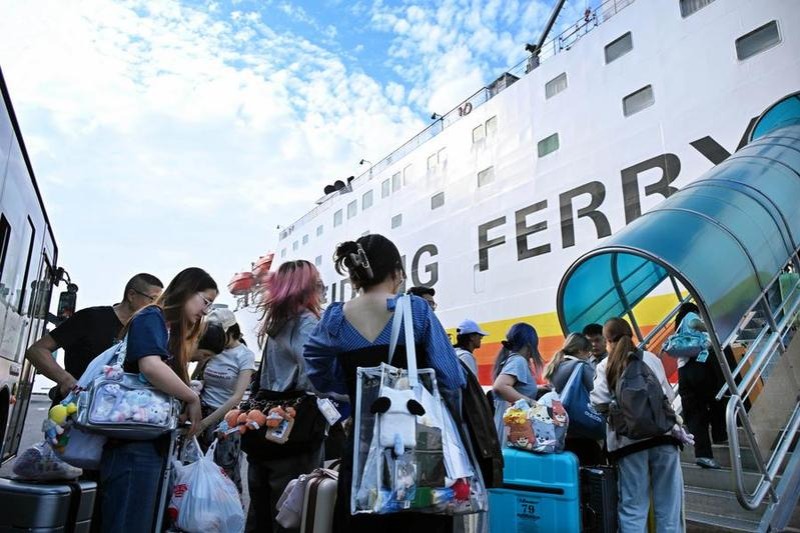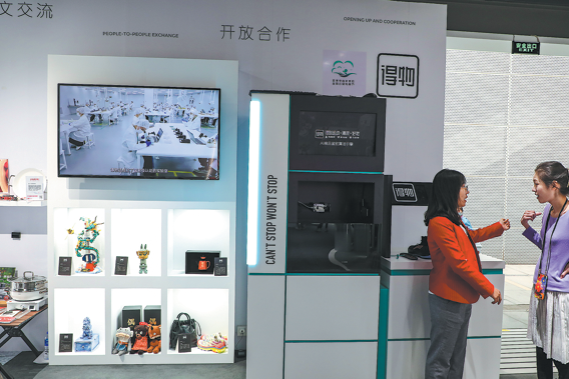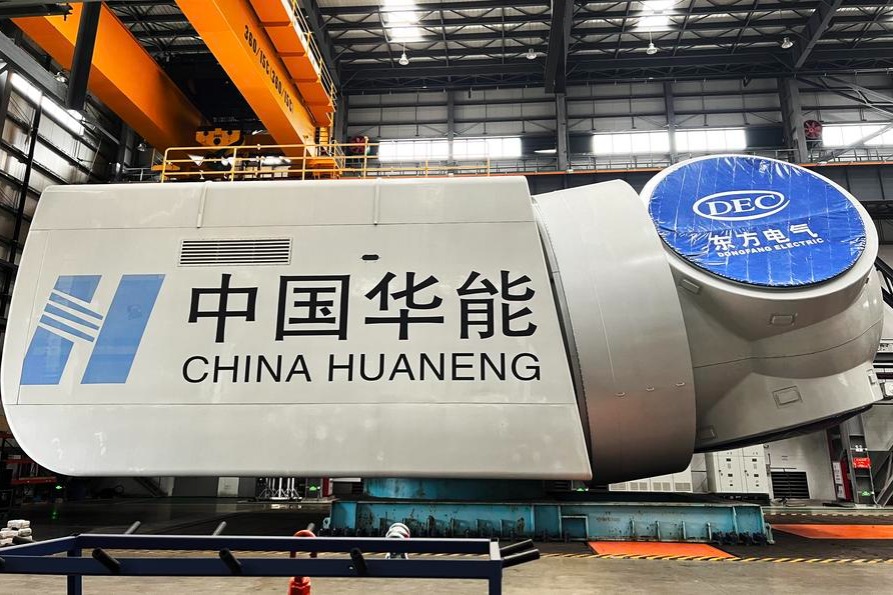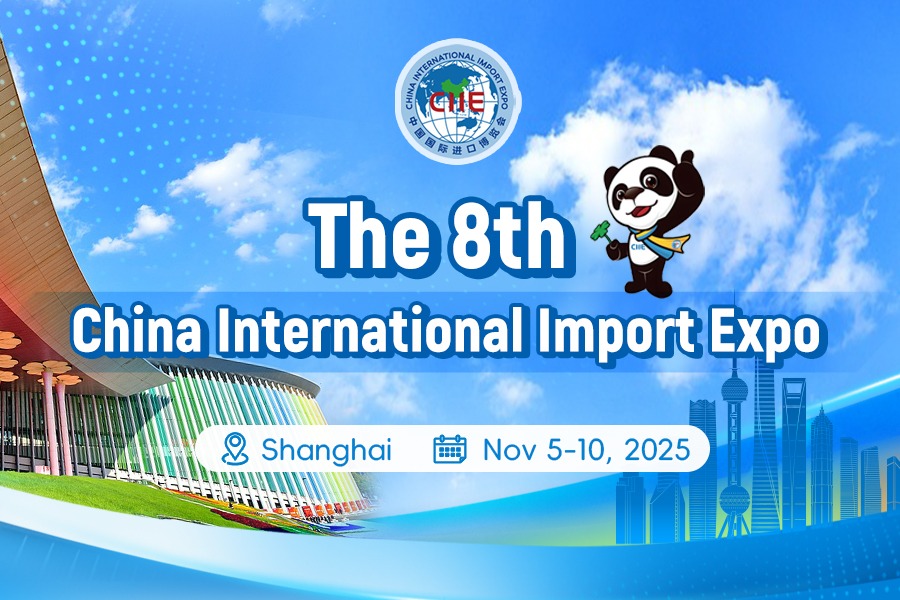BRI adds vitality to global exchanges
Cross-border trade route brings prosperity to involved members

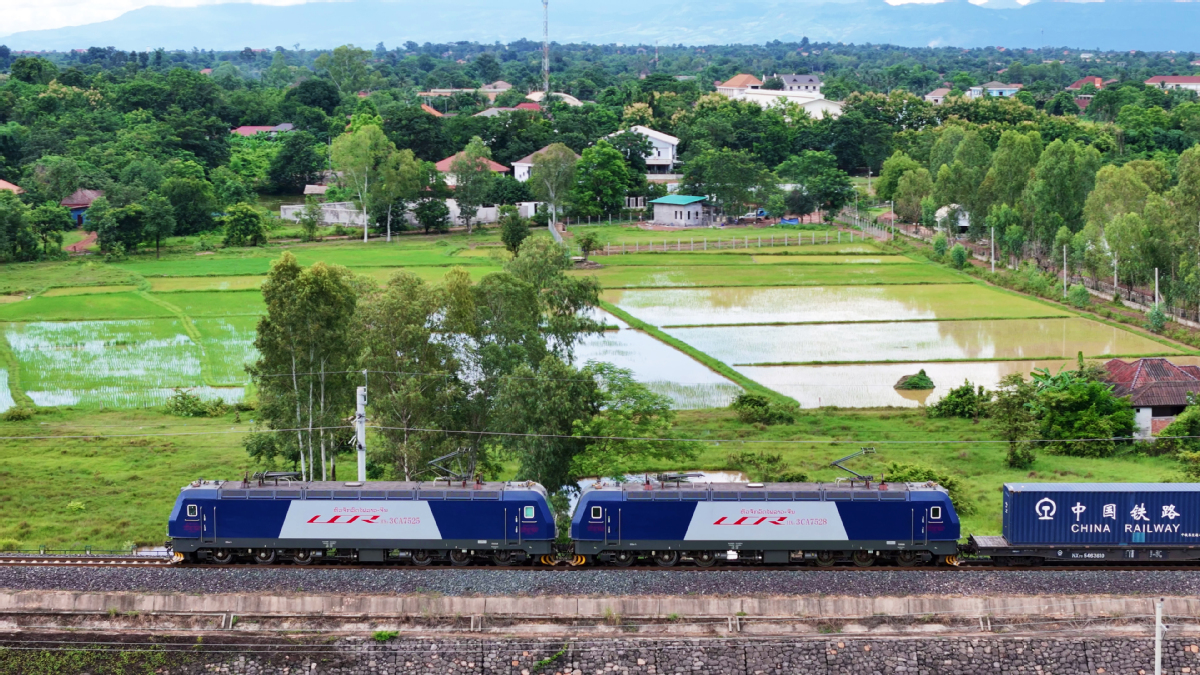
BEIJING — From vision to reality! In just over a decade, the Belt and Road Initiative has become one of the world's largest and most comprehensive international cooperation platforms. It has revitalized ancient trade routes with new energy, injecting fresh opportunities and vitality into global trade and economic collaboration.
Since its launch three years ago, the China-Laos Railway, a flagship project under the BRI, has significantly reduced freight times and logistics costs between the two countries, deepening bilateral trade.
In 2023, the trade volume between China and Laos saw a year-on-year increase of 26.6 percent, reaching an impressive $7.1 billion. Over 10.6 million metric tons of goods worth over 44 billion yuan ($6.06 billion) has been transported via the railway so far this year as of November, Customs data showed.
At the railway's terminus in Vientiane, capital of Laos, the freight transit yard of China-Laos Railway's Vientiane South Station is buzzing with activity, while the nearby Saysettha Comprehensive Development Zone, another BRI project, has attracted enterprises from Thailand, Singapore, Japan and elsewhere.
Signature projects such as the China-Laos Railway, the Jakarta-Bandung High-Speed Railway, and Piraeus Port in Greece have formed a vivid exemplification of the connectivity framework under the BRI.
"BRI projects have improved infrastructure development and connectivity, created tens of thousands of jobs," said Thong Mengdavid, a lecturer at the Institute for International Studies and Public Policy at the Royal University of Phnom Penh in Cambodia.
"Through its focus on strategic alignment and complementary strengths, the BRI promotes a shared vision of peaceful development, win-win cooperation and mutual prosperity," the Cambodian scholar noted.
As the 100,000th China-Europe freight train, coded X8083, departed from Chongqing in Southwest China for Duisburg, Germany, on Nov 15, it highlights that modern "steel camels" have facilitated cross-Eurasian trade, transporting more than 11 million containers of goods worth over $420 billion.
Chongqing Tuanjiecun Central Station, once a small railway hub, has become an international logistics center, while Duisburg has attracted numerous logistics and warehousing enterprises, revitalizing itself into a major hub.
The China-Europe freight train network now reaches 25 European countries and 227 cities, along with over 100 cities spanning 11 Asian countries, demonstrating the BRI's high-quality progress.
From railways to ports, new achievements have illuminated the path to shared development. In the first 10 months of the year, China's trade with BRI participating economies climbed 6.2 percent compared with a year earlier.
So far, China has signed BRI cooperation documents with over 150 countries and over 30 international organizations, while bolstering global leadership in mutual recognition agreements for authorized economic operators.
"Only by aligning policies of different countries and integrating economic elements and development resources on a larger scale can we form synergy and promote world peace, tranquility and common development," said Li Yongquan, a professor at the University of Chinese Academy of Social Sciences, citing the unstable foundation of global economic growth, sluggish trade and investment, setbacks encountered by economic globalization and intensified development imbalances.
The Ministry of Commerce said that by the end of 2023, Chinese companies had established 17,000 overseas enterprises in economies participating in the BRI, with direct investment stock exceeding $330 billion. Meanwhile, overseas economic and trade cooperation zones built under the initiative had created 530,000 local jobs.
Beyond economic benefits, the BRI also promotes people-to-people exchanges. The Luban Workshop, a project named after an ancient Chinese master craftsman, which provides vocational skills training for local people, has been established in 30 countries, training thousands of skilled professionals.
Since the first Luban Workshop was launched in Thailand in 2016, more than 30 have been set up across Asia, Europe and Africa, offering education to nearly 10,000 students and vocational training to over 31,000 participants.
The BRI has not only brought new ideas to opening-up and international cooperation in the new era, but also achieved new practical results, according to Li.
"It has opened up new space for world economic growth, built a new platform for international trade and investment, expanded new practices for improving global economic governance, and made new contributions to improving people's well-being in all countries," the scholar noted.
Xinhua




















